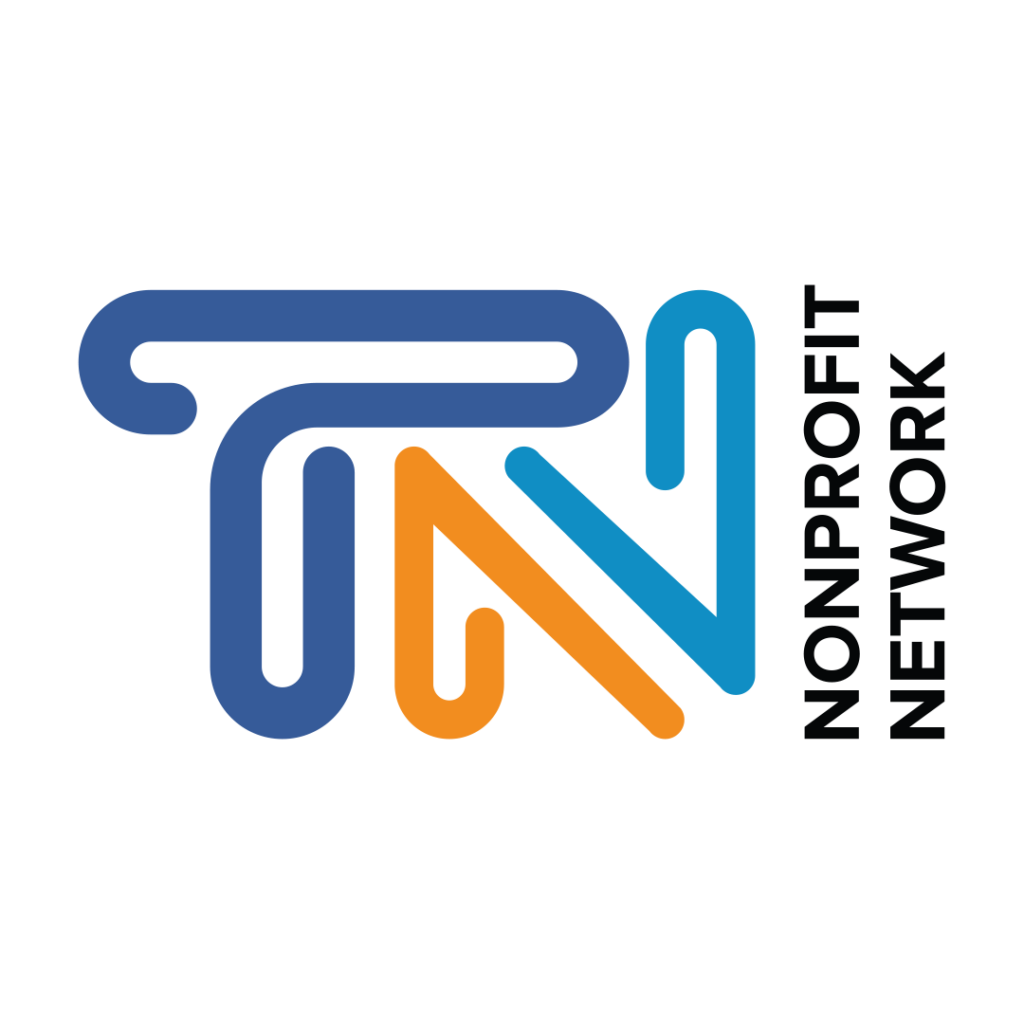Have you ever worked with a nonprofit with enough rules to make your head spin? How are we supposed to do our jobs when our employee handbook is 20,000 pages long and our fundraising department has 465 KPIs? The answer to the complexity may not be what you expect: simplicity.
In “Simple Rules: How to Thrive in a Complex World,” Donald Sull and Kathleen Eisenhardt offer a powerful framework that resonates deeply with the challenges and opportunities faced by nonprofit organizations. Their central idea—that a few well-defined, “simple rules” can be more effective than complex strategies—provides a refreshing and practical approach for navigating the intricate landscape of social impact work.
For nonprofits, complexity arises not only from external factors like funding constraints, regulatory hurdles, and shifting social needs but also from internal challenges like mission drift, staff burnout, and the inherent difficulty of measuring impact. Sull and Eisenhardt’s concept of simple rules—heuristics that guide decision-making—offers a way to cut through this complexity and focus on what truly matters.
These simple rules can help nonprofits streamline decision-making processes, ensuring that resources are allocated efficiently and effectively. They can empower staff to make autonomous choices within clear boundaries, fostering a culture of innovation and agility. Moreover, simple rules can help maintain a sharp focus on the organization’s core mission, preventing distractions and ensuring that every action aligns with the ultimate goal of creating positive change.
Tennessee Nonprofit Network has successfully embraced the simple rules framework to establish effective staff norms that enhance their organizational culture and impact. Recognizing the challenges of navigating complex situations and limited resources, TNN has strategically implemented these rules to streamline decision-making, foster collaboration, and prioritize their mission-driven work. There are other applications as well listed below:
Applications of Simple Rules in Nonprofits
- Fundraising: “Always personalize donor communications,” “Prioritize major gift prospects with a proven track record of support,” “Only pursue grants that align with our core mission and values.”
- Program Development: “Target programs to communities with the highest demonstrated need,” “Measure program success based on clearly defined, quantifiable outcomes,” “Regularly evaluate program effectiveness and adjust as needed.”
- Staff Management: “Empower staff to make decisions within their areas of expertise,” “Foster a culture of open communication and feedback,” “Recognize and reward exceptional performance.”
- Board Governance: “Limit board size to ensure efficient decision-making,” “Recruit board members with diverse skills and perspectives,” “Conduct regular board evaluations to ensure effectiveness.”
- Volunteer Engagement: “Match volunteer skills with organizational needs,” “Provide comprehensive training and support for volunteers,” “Recognize and appreciate volunteer contributions.”
Determining the right simple rules for your nonprofit is a crucial step in harnessing their power for greater impact. The process requires thoughtful consideration, collaboration, and a deep understanding of your organization’s unique context. Here’s a guide to help you navigate this process:
- Ground Your Rules in Your Mission: Begin by revisiting your nonprofit’s mission statement and core values. These foundational elements should serve as the bedrock for any simple rule you adopt. Ensure that each rule aligns with your overarching purpose and contributes to your desired impact.
- Identify Bottlenecks and Pain Points: Analyze your organization’s operations to identify areas where decisions are frequently stalled, processes are inefficient, or resources are misallocated. These are prime candidates for the application of simple rules.
- Gather Input from Diverse Stakeholders: Engage your staff, volunteers, board members, and even beneficiaries in the process of identifying potential simple rules. Each group brings a unique perspective and can shed light on different challenges and opportunities.
- Prioritize Based on Impact: Once you have a list of potential simple rules, assess their potential impact on your organization’s effectiveness and efficiency. Focus on rules that address critical decision points and have the potential to unlock significant gains.
- Start Small and Experiment: Don’t try to implement too many simple rules at once. Start with a few that address your most pressing challenges and test them in a controlled environment. Gather feedback and make adjustments as needed.
- Measure and Evaluate: Establish clear metrics to track the impact of your simple rules. Regularly assess their effectiveness and be willing to revise or discard rules that aren’t delivering the desired results.
- Foster a Culture of Continuous Improvement: Encourage ongoing dialogue and feedback about your simple rules. Create a space where staff and volunteers feel empowered to suggest improvements and refinements.
Examples of Questions to Guide Your Process:
- Mission Alignment: Does this rule directly support our mission and values?
- Impact Potential: What is the potential impact of this rule on our programs, fundraising, or operations?
- Ease of Implementation: How easy will it be to implement and enforce this rule?
- Flexibility: Does this rule allow for adaptation and flexibility in different situations?
- Measurability: Can we track the impact of this rule through clear metrics?
Not everything has to be so complicated! Simple rules are not a magic bullet, but when thoughtfully implemented and regularly evaluated, they can be a powerful tool for navigating complexity, empowering teams, and maximizing impact.
Below is a great video that may help further your understanding of the power of simple rules.
